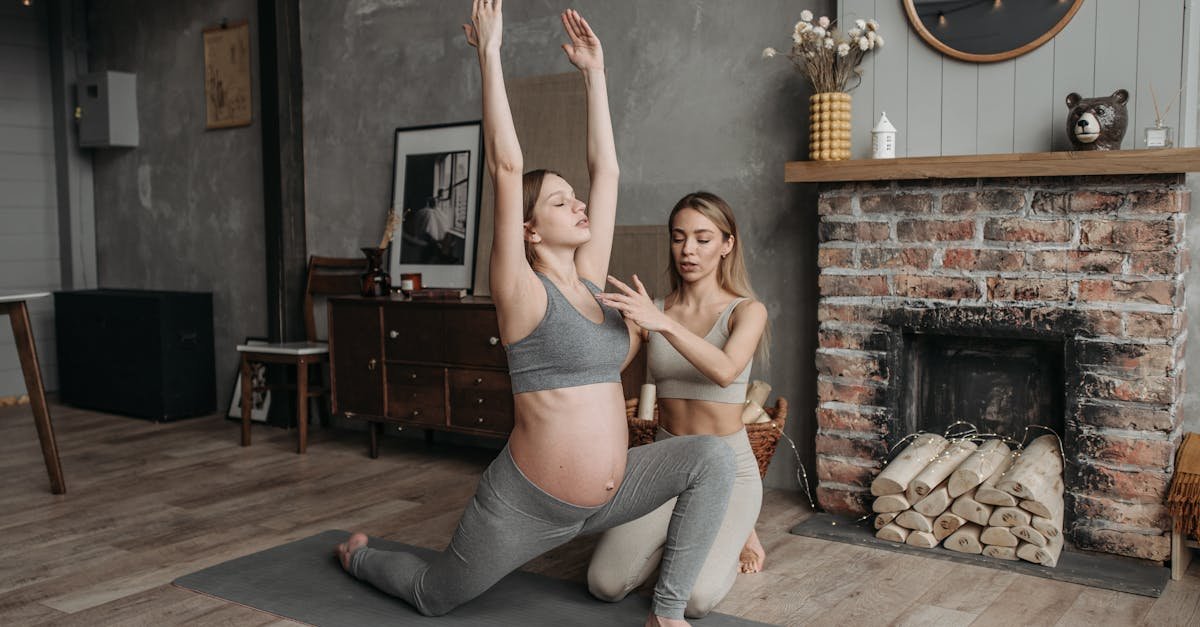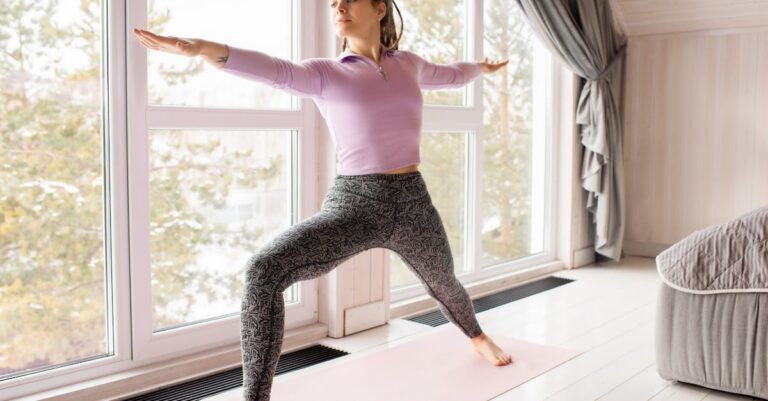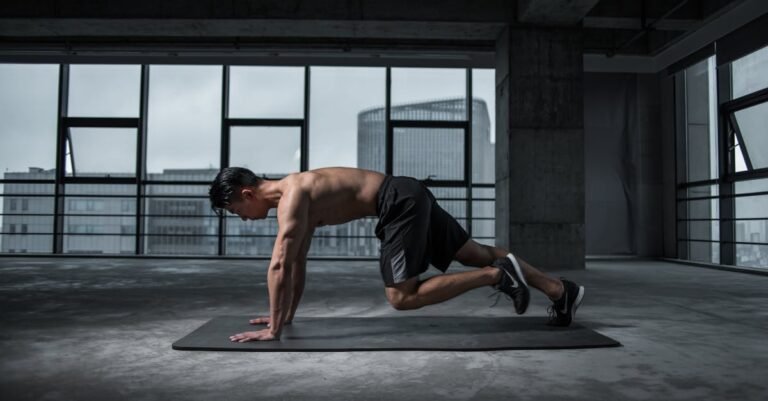Ever feel like your middle section is a bit… mysterious? Maybe you leak a little when you laugh hard, cough, or jump? Or perhaps you just want a stronger midsection for better posture or less backache. You’re definitely not alone! Lots of people deal with this stuff, but it often feels weird to talk about. This article is your friendly guide to understanding two super important muscle groups – your core and your pelvic floor – right from the comfort of your home. We’ll break down what they are, why they matter (a lot!), and give you some simple exercises you can start doing today. Stick with us, and you’ll learn how to feel stronger and more confident from the inside out.
What’s the Big Deal About Your Core Anyway?
Okay, so when you hear “core,” you probably picture six-pack abs, right? Well, that’s only part of the story! Your core is actually a whole team of muscles wrapping around your middle like a supportive corset. Think of it including your abs (front), your back muscles, your diaphragm (the breathing muscle under your ribs), AND your pelvic floor (we’ll get to that!).
Why does this team matter? Imagine trying to lift a heavy bag of groceries with a flimsy, wobbly handle – not gonna work well! Your core is like that handle for your whole body. A strong, coordinated core helps you:
- Stand taller and have better posture (goodbye, slouching!)
- Reduce back pain
- Move more efficiently and powerfully, whether you’re playing sports or just carrying laundry
- Keep your insides nicely supported
It’s less about looks and way more about function and feeling good day-to-day.
Meet Your Pelvic Floor: The Unsung Hero
Now, let’s talk about the pelvic floor. It’s a group of muscles shaped kind of like a hammock or sling at the bottom of your pelvis (your hip bones). You can’t see it, which is probably why it doesn’t get much attention, but trust us, it’s a powerhouse!
Think about this hypothetical situation: Imagine your bladder, bowel, and (for women) uterus are like precious cargo. The pelvic floor is the strong base holding everything up and in place. It also plays a huge role in controlling when you pee or poop – super important, right? Plus, it’s involved in sexual function and helps stabilize your hips and core.
When these muscles are weak or aren’t working right, you might experience things like leaking urine (called incontinence), feeling like you always have to pee, or even pelvic pain. It can happen after having kids, as we get older, or sometimes for no obvious reason.
Finding Your Secret Muscles: The First Step
Alright, before you can exercise these muscles, you gotta know where they are! Finding your pelvic floor can be a bit tricky at first because you can’t see it.
Here’s how to try and locate those pelvic floor muscles (sometimes called doing a Kegel, but just focus on finding them for now):
- Imagine you’re trying to stop yourself from passing gas and stop the flow of pee *at the same time*. Feel that gentle lift and squeeze inside? That’s them!
- Important: Don’t actually practice while peeing regularly, as it can mess with your bladder signals. Just use that thought as a guide to find the muscles.
- Try to keep your butt muscles (glutes), thighs, and tummy relaxed. The squeeze should feel internal.
Finding your deep core muscles (like the transverse abdominis) is also key. Lie on your back with knees bent. Gently draw your belly button towards your spine, like you’re zipping up tight pants, *without* holding your breath or sucking your whole stomach way in. It’s a subtle tightening deep inside.
Simple Core Exercises You Can Do Anywhere
Now for the fun part! These exercises focus on engaging that deep core team we talked about. Remember to breathe!
- Pelvic Tilts: Lie on your back, knees bent, feet flat. Gently flatten your lower back against the floor by tightening your lower abs (think about bringing your pubic bone towards your belly button slightly). Then, gently arch your back, creating a small space. Rock back and forth slowly. This wakes up the lower abs and hips.
- Heel Slides: Lie on your back, knees bent, feet flat. Engage your deep core (belly button to spine). Slowly slide one heel away from you, straightening the leg along the floor, *keeping your core tight and back stable*. Slide it back in. Repeat on the other side. Go slow and controlled.
- Bird Dog Prep: Start on your hands and knees (tabletop position). Keep your back flat (like a table!). Engage your core. Slowly slide one leg straight back along the floor, keeping your hips level. Hold for a breath, then slide it back. Repeat on the other side. The goal is stability, not lifting high.
Focus on quality over quantity. Slow, controlled movements are way better than rushing.
Easy Pelvic Floor Exercises (Kegels and More)
Once you’ve found your pelvic floor muscles, you can start strengthening them. The classic exercise is the Kegel.
- Basic Kegel Squeeze: Find a comfy position (sitting, lying down). Gently squeeze and lift your pelvic floor muscles (like stopping gas and pee). Hold for 3-5 seconds, making sure you can still breathe normally! Then, completely relax the muscles for 3-5 seconds. That full relaxation is just as important as the squeeze. Aim for about 10 repetitions, a few times a day.
- Quick Flicks: Quickly squeeze and release your pelvic floor muscles several times in a row. This helps with control during sudden movements like coughing or sneezing.
- Combine with Core: Try engaging your pelvic floor gently *before* you do exercises like the Heel Slides or Bird Dog Prep. This helps teach your core and pelvic floor to work together as a team. Imagine gently lifting the pelvic floor just before you slide your heel out.
Listen to your body. If anything hurts, stop!
Making it Stick: Consistency is Key
Doing these exercises once in a blue moon won’t cut it, unfortunately. Like any muscle, your core and pelvic floor need regular work to get stronger and stay that way.
Think about brushing your teeth – you do it every day, right? Aim for that kind of consistency with these exercises. Try linking them to something you already do daily. Maybe do your Kegels while waiting for the kettle to boil, or your core exercises right before bed or when you wake up.
Start small! Even just 5 minutes a day is way better than nothing. As you get stronger, you can gradually increase the hold times, repetitions, or try slightly harder variations. The goal is to build a sustainable habit. It takes time to build strength, so be patient and kind to yourself. You wouldn’t expect huge biceps after one workout, right? Same applies here.
So, there you have it – a little tour of your amazing core and pelvic floor! We talked about why these hidden muscles are so important for everything from avoiding awkward leaks to having a stronger back and better posture. Remember, your core is more than just abs, and your pelvic floor is like the supportive base for your insides. We went over how to actually find these muscles (that gentle internal squeeze!) and gave you some simple, doable exercises like Pelvic Tilts, Heel Slides, and Kegels you can try at home.
The biggest takeaway? Consistency is your best friend. Just a few minutes each day can make a real difference over time. Be patient, listen to your body, and celebrate the small wins. Taking care of your core and pelvic floor is a fantastic way to invest in your long-term health and well-being, helping you feel more capable and confident in your everyday life. And if you’re ever unsure or dealing with persistent issues, chatting with a healthcare professional or a physical therapist who specializes in this area is always a great idea.










